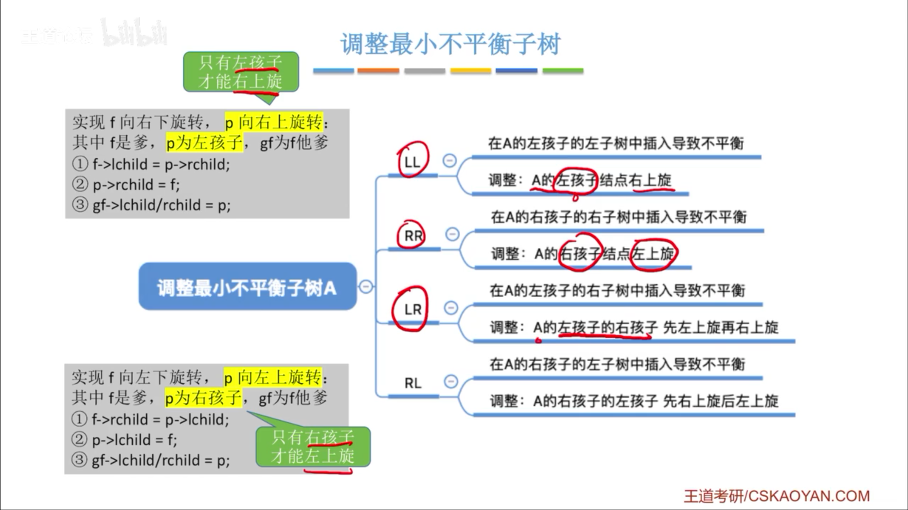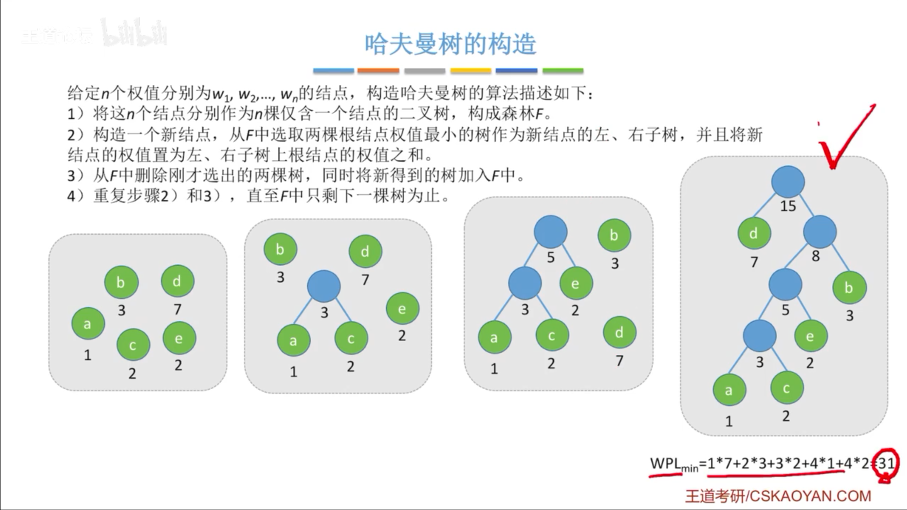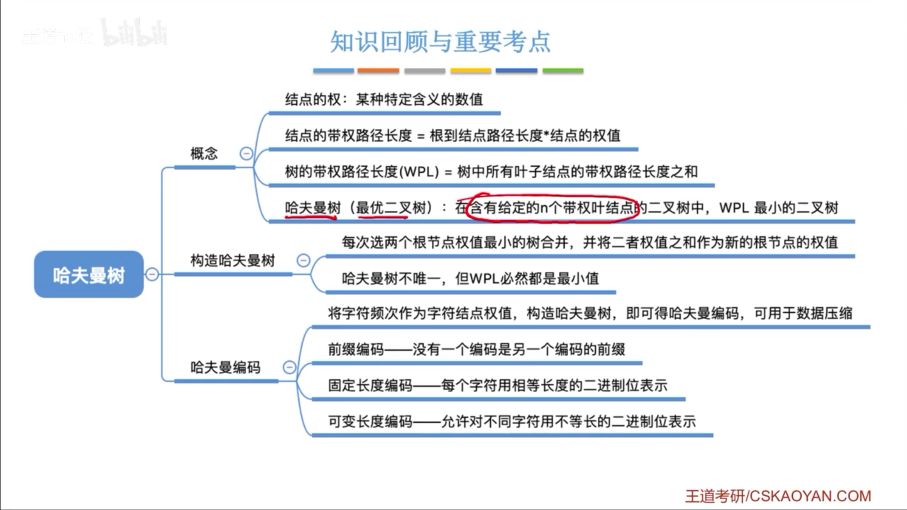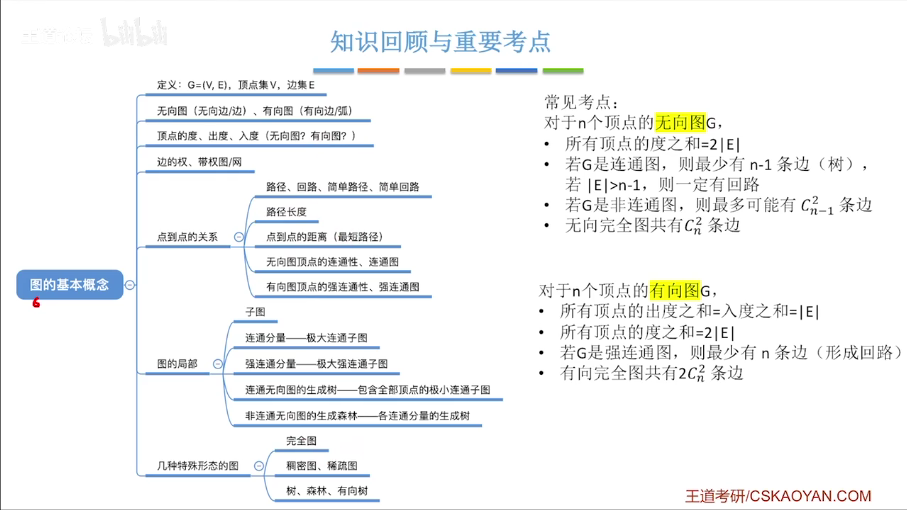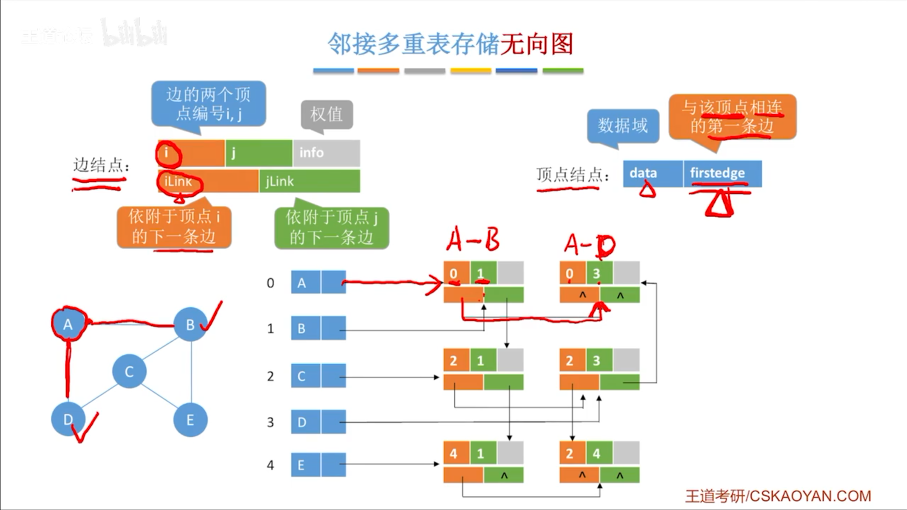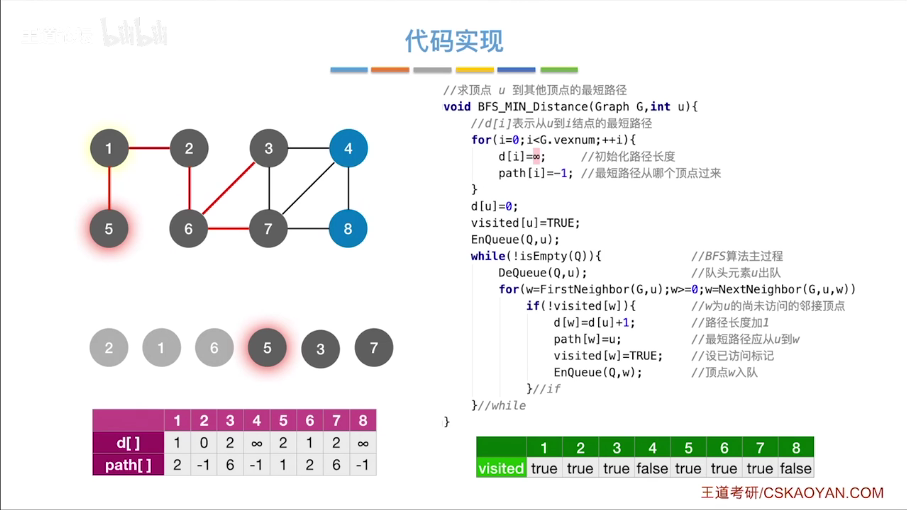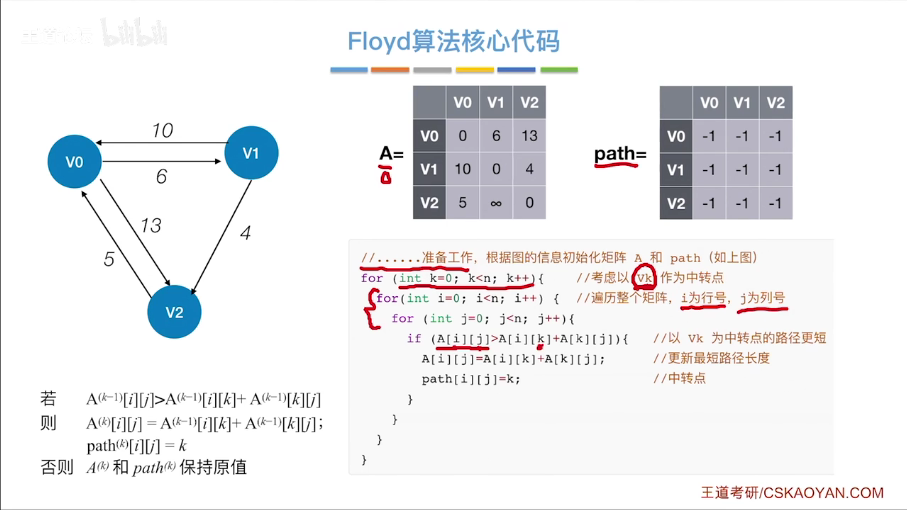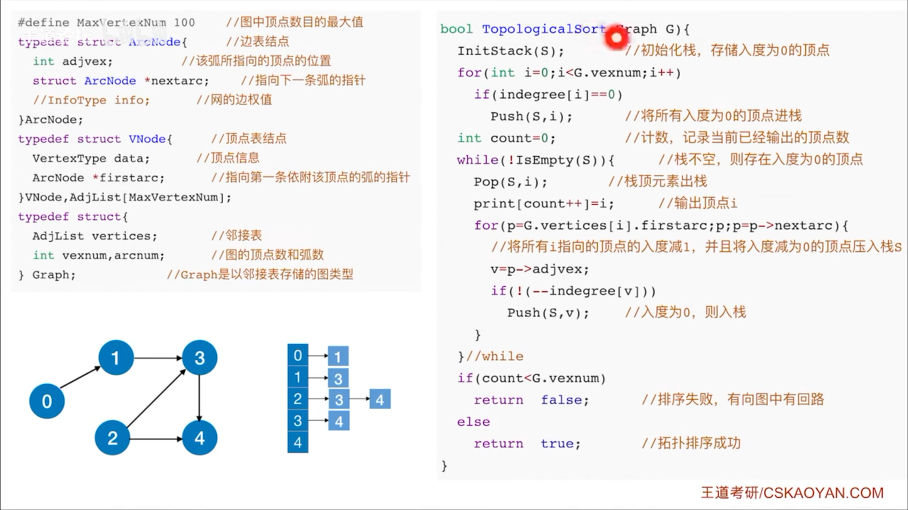#include <iostream>
#include <stdio.h>
using namespace std;
int N = 10;
int cnt = 0;
int First_pivot;
void Swap(int *a, int *b) {
int temp = *a;
*a = *b;
*b = temp;
}
void Qsort(int a[], int left, int right);
int Median3(int a[], int left, int right);
void InsertionSort(int a[], int left, int right);
int main() {
int a[10] = {49,38,65,97,76,13,27,50,2,8};
cin>>First_pivot;
Qsort(a, 0, 9);
}
void Qsort(int a[], int left, int right) {
if(cnt==0)
{
printf("Qsort(%d,%d):",left,right);
int pivot=a[First_pivot];
Swap(&a[First_pivot],&a[9]);
int i=0,j=8;
for (;;) {
while (a[i] < pivot) {i++;}
while (a[j] > pivot) {j--;}
if (i < j) {
Swap(&a[i],&a[j]);
}
else
break;
}
Swap(&a[i],&a[9]);
cnt++;
for (int k = 0; k < N; k++)cout << a[k] << ',';
cout << '\n';
Qsort(a, left, i - 1);
Qsort(a, i + 1, right);
}
else{
int i, j;
int Pivot;
if (left + 2 < right) {
printf("Qsort(%d,%d):",left,right);
Pivot = Median3(a, left, right);
i = left;
j = right - 1;
for (;;) {
while (a[++i] < Pivot) {}
while (a[--j] > Pivot) {}
if (i < j) {
Swap(&a[i],&a[j]);
} else
break;
}
Swap(&a[i],&a[right-1]);
for (int k = 0; k < N; k++)cout << a[k] << ',';
cout << '\n';
Qsort(a, left, i - 1);
Qsort(a, i + 1, right);
} else
{
InsertionSort(a + left, left, right);
for (int k = 0; k < N; k++)cout << a[k] << ',';
cout << '\n';
}}
}
int Median3(int a[], int left, int right) {
int center = (left + right) / 2;
if (a[left] > a[center])
Swap(&a[left], &a[center]);
if (a[left] > a[right])
Swap(&a[left], &a[right]);
if (a[center] > a[right])
Swap(&a[center], &a[right]);
Swap(&a[center], &a[right - 1]);
return a[right - 1];
}
void InsertionSort(int a[], int left, int right) {
int j;
int n = right - left + 1;
printf("insert(%d,%d):",left,n);
for (int i = 1; i < n; i++) {
int temp = a[i];
for (j = i; j > 0 && a[j - 1] > temp; j--) {
a[j] = a[j - 1];
}
a[j] = temp;
}
}
|
